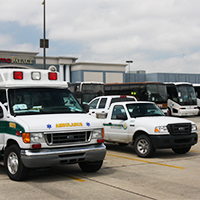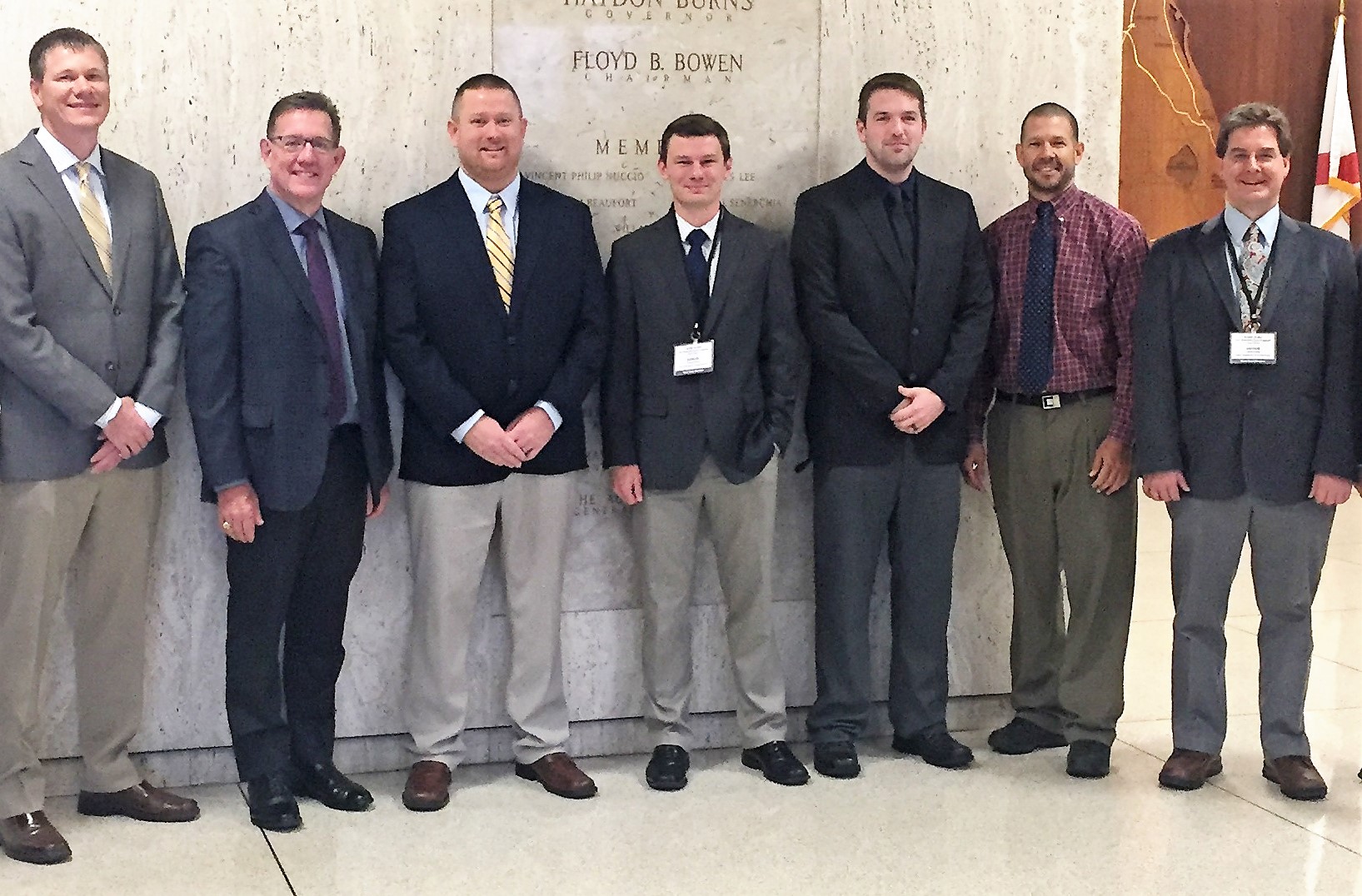
Original Scope: Performance based processes that use data driven safety performance offer significant potential for project and operating cost reduction. The Highway Safety Manual (HSM) is a resource that provides safety knowledge and tools in a useful form to facilitate improved decision-making based on such safety performance. While other initiatives have focused on analytical examples of implementation of the HSM, this scan will provide an opportunity for critical conversations around processes and the work force components not usually included in HSM implementation-related presentations or meetings that occur elsewhere.
This scan will evaluate the processes, job aids/tools, workforce training, and manner in which states have institutionalized the HSM as part of performance based processes and asset management in planning, design, and operations. The fiscally constrained environment that state DOTs operate in today requires revisiting assumptions about safety performance benefits as well as processes and decisions that drive meeting full safety standards. The HSM provides tools to allow agencies to change their design for safety of a facility from traditional “design standards” of the AASHTO Green Book, Roadside Guide, MUTCD, and state design manual to a more performance based statistical approach. Utilization of the HSM will help a DOT satisfy existing societal values of providing the highest level of safety performance with the financial and other resources provided to the DOT.
Implementation and Impact
Following the scan workshop in December 2017, the scan team worked at the state, regional and national levels to advance scan findings. Highlights of these activities include:
At the local and state level, scan findings were presented at multiple workshops – South Carolina DOT in Columbia and Tennessee DOT in Nashville – focused on the Highway Safety Manual’s policies and procedures.
At the regional and national levels, the scan team presented the outcomes of the scan to various TRB Standing Committees including the Highway Safety Performance Committee, the Geometric Design Committee, and the Operation Effects of Geometrics; FHWA’s Safety Discipline Meeting; the ASCE Transportation and Development Conference; APWA’s PWX Expositions; FHWA’s Safety Engineers Peer Exchange; AASHTO’s Safety Committee; AASHTO’s HSM(2) Steering Committees; ATSIP’s Traffic Records Forum; as well as to a peer exchange co-sponsored by FHWA and the Highway Safety Manual Implementation Pooled Fund.
This scan revealed noteworthy practices in, and challenges to, the implementation of the Highway Safety Manual, thus playing a part in informing the development of the pooled fund, Highway Safety Manual 2nd Edition (HSM2) Implementation. Jerry Roche is the FHWA liaison for both the scan and the pooled fund.
The scan subject matter expert wrote an article on the findings of this scan that was published in the June 2021 issue of the ITE Journal.
TRB hosted a webinar based on the outcomes of this scan entitled, Performance-Based Application of the Highway Safety Manual on June 28, 2022. To view the slides or obtain a copy of the webinar recording, visit the webinar page on the National Academies website.
Scan Members
- John Milton, Washington State DOT, Scan Chair
- Michael Vaughn, Kentucky Transportation Cabinet
- Samuel Sturtz, Iowa DOT
- Dave Duncan, Tennessee DOT
- Dennis Emidy, Maine DOT
- Jerry Roche, FHWA
- Darren Torbic, MRI Global, Subject Matter Expert
Workshop Participants
- Alabama DOT
- Champaign Urbana Urbanized Area Transportation Studies (CUUATS)
- Florida DOT
- Illinois DOT
- Louisiana DOT
- Maine DOT
- Michigan DOT
- Missouri DOT
- Ohio DOT
- Virginia DOT

Please login to access additional content for scan members only.